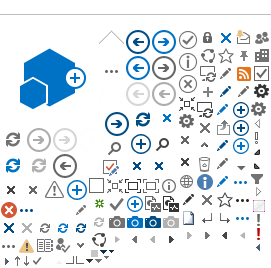Scotch Drapers in Blackburn
An interesting volume that was donated to the local history collection of Blackburn Library more than 20 years ago is the minute book of -
The Blackburn Scotch Travellers Association to the Better Protection of the Trade which was formed on 1st July 1837.
It consisted of travelling Scotsmen in the drapery and tea trade.
Their minute book states-
“We the undersigned Scotch Travellers residing in Blackburn having taken into consideration the heavy losses that the trade sustained by bad debts have therefore formed ourselves into an Association to act in concern with similar associations that are or may hereafter be established in other towns for the protection of the trade in the District and the better recovery of debts in other parts of the country.”
The Scotch Travellers were more commonly known as Scotch Drapers.
The definition of “Scotch Draper” was someone who sold goods door to door with payments to be made in instalments. They were also known as travelling drapers and credit drapers.
Generally members originated from the Scottish Borders, coming from towns such as Annan, Dumfries, Wigtown.
Their meetings were held at the Bull Inn and when the Association was first formed there were 61 members. This number included officers: President, Treasurer, Secretary, Committee.
In addition there were 74 other names who were listed as servants of the named members, but were considered members in their own right.
Many of them lived in the area around St. John's Church. They would probably have attended Mount Street Presbyterian Church and later St. George’s Presbyterian Church.
The Association covered a much wider area than just Blackburn including Preston, Chorley, Bolton, Wigan, Ramsbottom, Haslingden, Accrington, Burnley, Colne, Padiham, Barrowford, Ribchester, Longridge, Chipping, Clitheroe, Sabden and surrounding districts.
Some of the members or their descendents remained in Blackburn for a long time and whilst some stayed in the drapery business, some went on to set up other businesses, such as engineering and brewing. One such was John Rutherford from Rigg near Gretna who after travelling with a pack for many years entered into partnership with Henry Shaw at Salford Brewery. His son, also John who was born in 1854 in John Street, Blackburn, went on to have a very distinguished career. He took over the management of the brewery on his father's death and also succeeded to his father's estate in Annan. In 1888 he was elected Mayor of Blackburn and for 27 years represented Darwen in Parliament. A keen sportsman, he was a playing member of the early Rovers Football Club. He also owned a famous racehorse Solario ( a portrait of which can be seen in Blackburn Museum and Art Gallery).
William Thom, of Foster, Yates and Thom, famous engineering company who supplied mill engines and steam boilers around the world was also born on John Street in 1842.He too was the son of a Scotch draper who came from near Annan. John Street was almost entirely populated by Scotsmen at this time.
The name Jardine was prominent in the Scotch drapery community. Joseph, son of William Jardine of Annandale, was born in 1849 on Union Street and became one of the group of Blackburn poets. He is featured in George Hull's "Poets and Poetry of Blackburn".
Another well known name was Holliday, with various members of the family such as Adam and Robert being part of the Association. The family continued to have a drapery stall in Blackburn Market Hall until the late 20th century.One of their descendents was Andy Holliday, one time Reference Librarian at Blackburn Library.

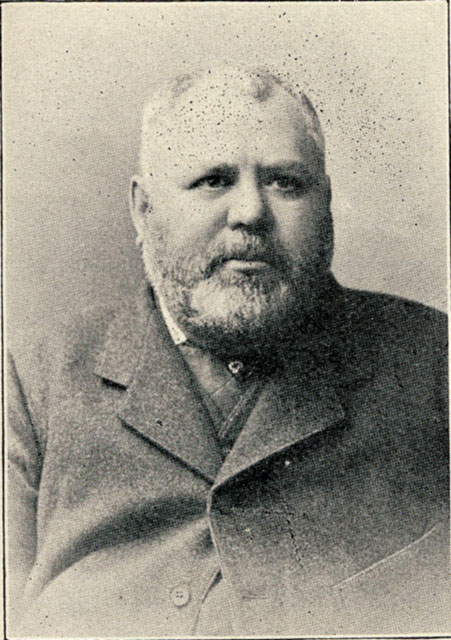
William Thom Joseph Jardine
George Henderson who was murdered on Winter Hill was named as a servant of a member (Mr. Jardine) in July 1838 when the AGM was held.
On 9 November 1838 George Henderson, a Scottish traveller walking over the hill from Bolton to Blackburn, was murdered by gunshot along the road directly opposite where the television station now stands. James Whittle, a 22-year-old collier from Belmont was brought to court and found guilty of murder. However, he was found not guilty at a second trial in Lancaster. There is an iron post with a plaque on the hill in memory of the victim erected in 1912, replacing a tree that was earlier planted opposite the television station. This is known as Scotsman's Stump.
The plaque reads-
In memory of George Henderson traveller native of Annan Dumfrieshire who was barbarously murdered on Rivington Moor at noonday November 9th 1838 in the 20th year of his age.
The Association later became Blackburn Retail Credit Association and the minutes continue to 1973
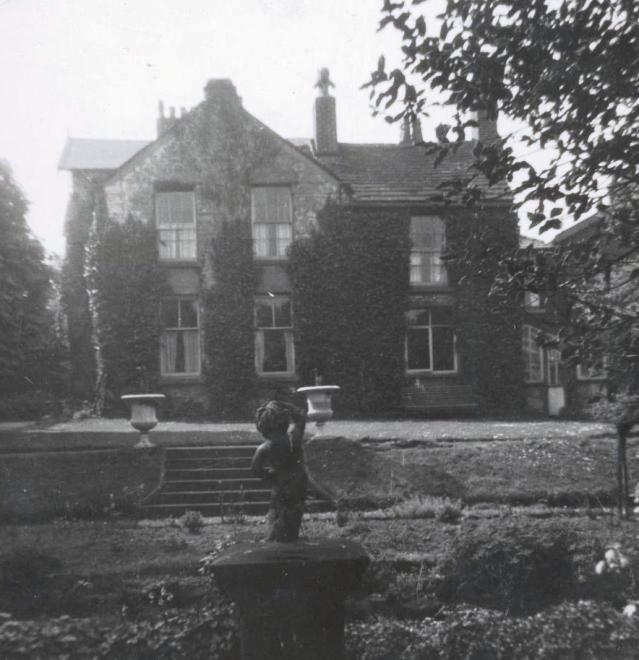
John Noel Nichols was born in Bank House, Adelaide Terrace, Blackburn on 28th December 1883. He lived with his father, John, who was a cotton yarn agent, his mother, Lois, who was a former governess and his older siblings Tom and Janet. At the age of 17 he was a cotton clerk but in 1908, with the help of a £100 loan each from his brother Samuel and his brother-in-law Jim Stothert, Noel Nichols, as he was now known, set up a business as a wholesale druggist and herb importer in Manchester at 49 Granby Row, which would now be situated in-between the Manchester College & the Manchester Conference Centre. He bought herbs, roots, spices, barks, flavourings and colourings in bulk so he could make up his own tonics. He wanted to create a special non-alcoholic drink. As he worked with all the different herbs and spices he experimented, creating a wide range of fruit flavoured cordials and he eventually created the Vimto taste in a wooden barrel in his warehouse. He initially called it ‘Vim Tonic’ and was originally intended as a healthy pick-me-up cordial drink which would give energy (‘vim’) and vigour to anyone who drank it. It was soon added to the goods he supplied to the herbalist shops and ended up being sold in the local temperance bars as an alternative to the ’evils’ of alcohol, which was the main talking point of the time. Its success was based on the unique flavour of the drink.
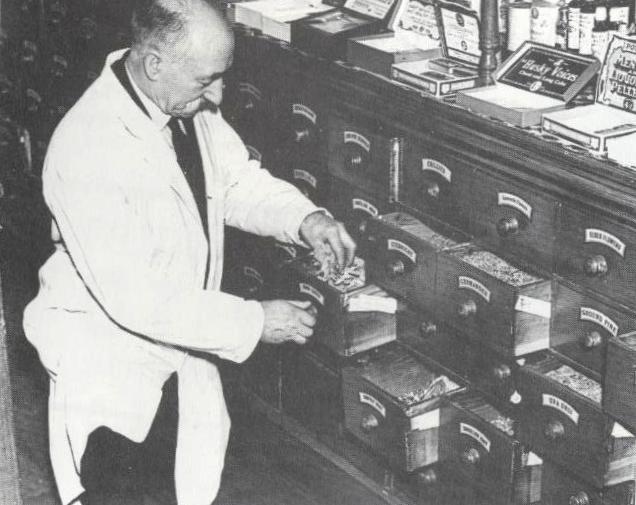
Due to the continuing success of the product Noel eventually moved to new premises at 203a Chapel Street in Salford where the excellent rail, canal and road connections bode well for quick and easy distribution. On 14th December 1912 the ‘Vimto’ name was registered as a trademark in the ‘Medicines’ class and on February 3rd, 1913 was registered as a ‘beverage for human use, not alcoholic, not aerated and not medicated’. The description of Vimto as a ‘health tonic’ was continued until legislation changes came into force after World War 2. The secret recipe and the brand name have had to be strongly defended over the years as some rivals attempted to cash in on the success of the drink, as early as 1915 the Berni Brothers of Glamorgan were served with a writ for selling an imitation drink called ‘Vimto’ and as a result of this a ‘warning’ was placed on the bottle labels ‘BEWARE of the many substitutes offered’.
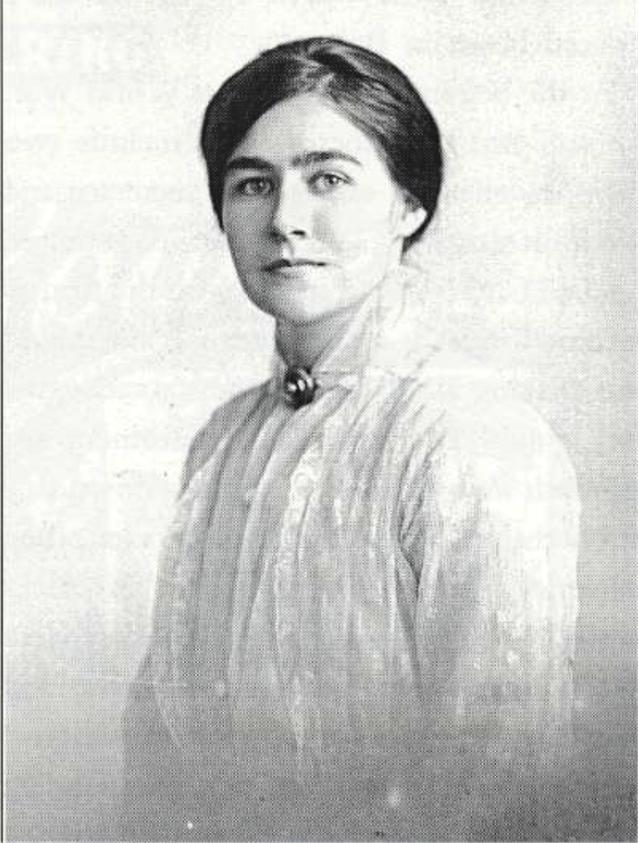
In March 1913 Noel married his cousin, Norah Drennan, a receptionist at the Great Western Hotel in Paddington, London. After the marriage she took an active role with her new husband’s company, keeping staff records, book-keeping and general paperwork. Their first marital home was a terraced house in Bolton at 155 Ivy Road. She worked for the company until the birth of their first child, Peter in 1923. Noel & Norah eventually had another two children, John Noel – named after his father – and Lois. They often came into the office and met all the staff and have a look around the factory. The family home was by now a large detached house near Salford, delightfully called ‘The Homestead’ on Light Oaks Road in Pendleton. Noel now had a chauffeur, Jack Beaman, to take him to work.
Business was beginning to take off as shown in the order books for 1916 which still survive today. Mr Jackson, a herbalist on Entwistle Road in Blackburn, placed an order for Vimto stating he would ‘give it a trial’. He quickly wrote back ‘I am more than pleased with your Vimto. My customers have just raided me for it and would you please send me another lot as this is nearly all done’. He crossed out the ‘nearly’ as he sold his last drop as he was writing the letter. He also asked for another showbill as he had two windows and recognised the value of advertising the new product he was selling.
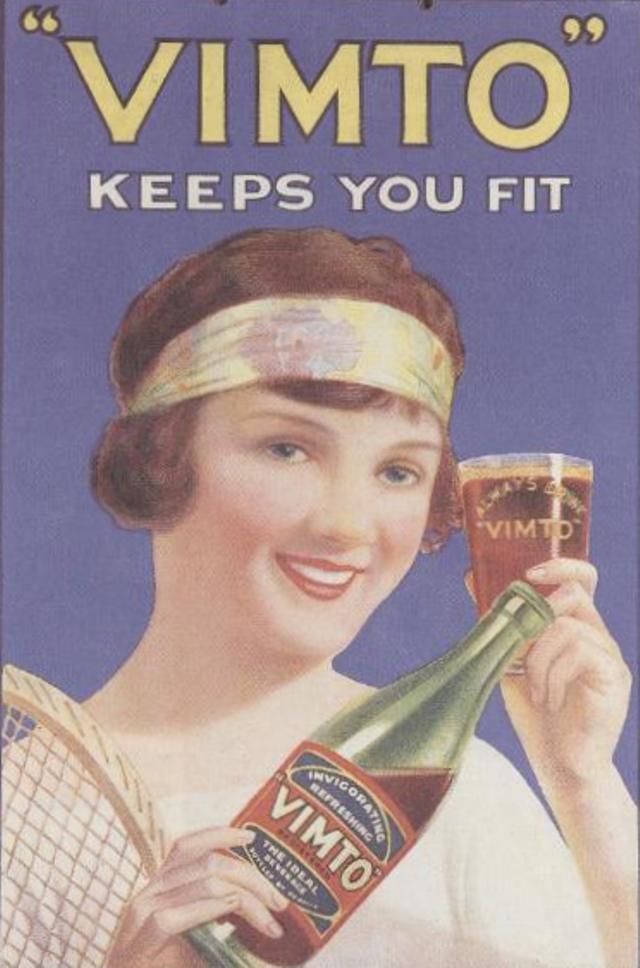
On 18th April 1919, the Vimto name was registered as a UK trademark in the ‘Mineral and Aerated Waters’ class. By 1920, Vimto was being sold all over Britain and Ireland and unique labels were created so that the brand would be easily recognised. It also provided advertising merchandise, including display stands, showcards and promotional oddities like ‘The Vimto Book of Knowledge’ which was first published around the start of World War 1. By the mid-20’s Vimto could now be purchased in bottles from the local corner shop and business was booming as it was being promoted as an answer to most ailments.
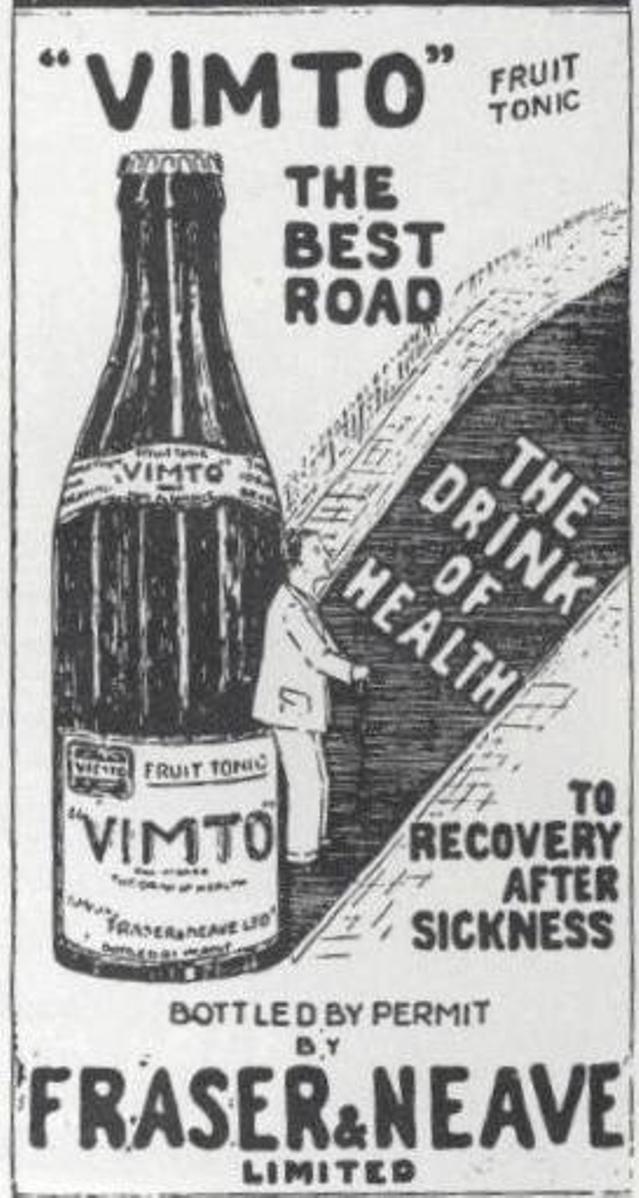
By now, production was increasing at a pace and the need for new premises was paramount. In 1927 the business was moved to the Britannic Works on Ayres Road, Old Trafford in Manchester. The former laundry building was large enough to accommodate the workforce of 32 and the new fleet of delivery trucks which were emblazoned with the Vimto name. The Vimto name was also painted on the chimney which towered over the landscape. The distribution of the soft drink was now worldwide, including Guyana, India and Saudi Arabia. By the beginning of the 1930’s, Vimto could now be bought in well over 30 countries.
Even the outbreak of World War 2 could not stop the popularity of Vimto, the newly formed Soft Drinks Industry (War Time) Association Ltd, or SDI, decided that only cordials would be regularly available, as it would save on bottling and transport costs and Vimto became a ‘SFC’ (Speciality Flavour Cordial) even though the quality of the product was diminished somewhat due to the restrictions on many of the ingredients, including sugar. Vimto returned to its original brand name in 1947 but its output was restricted until the early fifties until the sugar rationing and bottle making restrictions were lifted. Noels oldest son Peter, now an employee of the factory, joined the forces during the war. The factory also survived the blitz on Manchester in October 1941, despite being hit by a number of incendiary bombs.
As the mists of war lifted the National Health Service came into being, the result of which led to the implementation of free prescriptions and medical advice which meant that the traditional herbalists became more obsolete. The Nichol’s Company soon stopped selling herbs and powders to concentrate solely on the soft drinks side of the business with Vimto the main brand. John Noel Nichols son, Peter became a director in 1947 and gradually took over the business from his father. Vimto pushed on with marketing their products with a series of showcards by Herbert Stanley Terry, a Punch cartoonist. Attractive women also started to appear in their advertisements as the battle to promote their product expanded throughout the 50’s and into the 60’s. With the popularity of television exploding after the Queen’s Coronation in 1953, the need to advertise your product on this new medium became more and more important. The first Vimto advertisement appeared in 1956 and the adverts have varied over the years with celebrities such as Derek Griffiths, Victor McGuire and the Roly Polys have brought the Vimto brand to the TV screen.
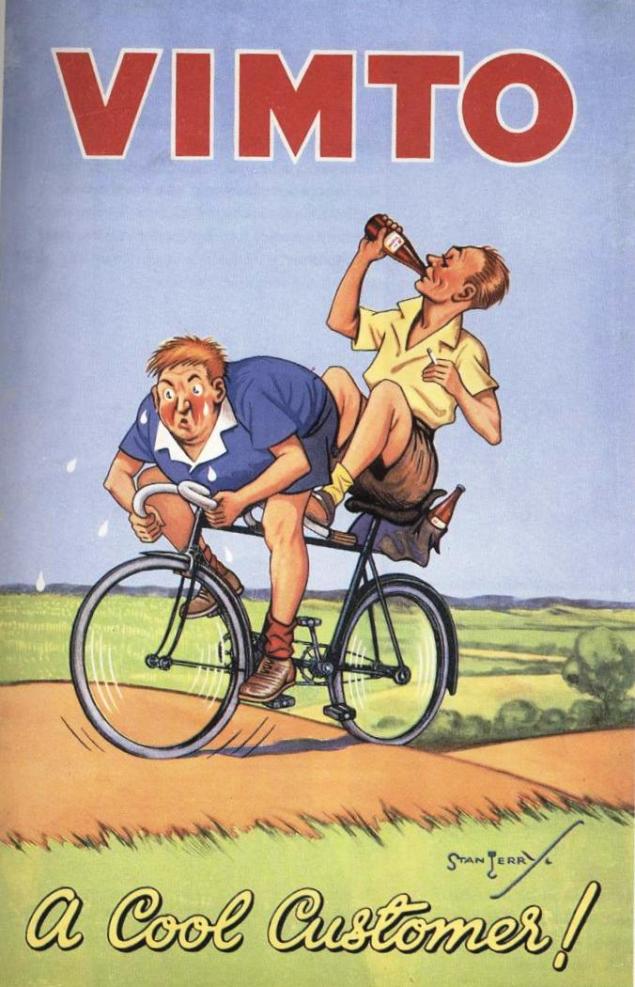
The firm became a public company in 1961, becoming J.N.Nichols (Vimto) Ltd. John Noel Nichols became President & technical director in 1964 when his sons became joint managing directors. The first Vimto in cans appeared in 1964, with a distinctive red, blue and white stripes design. The design has changed over the years but the distinctive Vimto name is still recognised all over the world. John Noel Nichols died in 1966 at the age of 82, outliving his wife Norah by seven years. He left money to all his employers in his will. He had already given the farm land behind their house, called Hale Barns, to the Hale Barns Cricket Club.
John Noel Nichols saw his business grow from a small office and warehouse into a company selling miilions of gallons of Vimto to all parts of the world. It continues to grow in popularity to this day and the name ‘Vimto’ is recognised world wide.
In 2014 a plaque was unveiled by his grandson John Nichols in his honour at Bank House Blackburn.
Roger Booth with inspriation from 'Vimto - The Story of a Soft Drink' by Sue Nichols and special thanks to Gillian Long of Nichols Plc for permission to use their photographs.
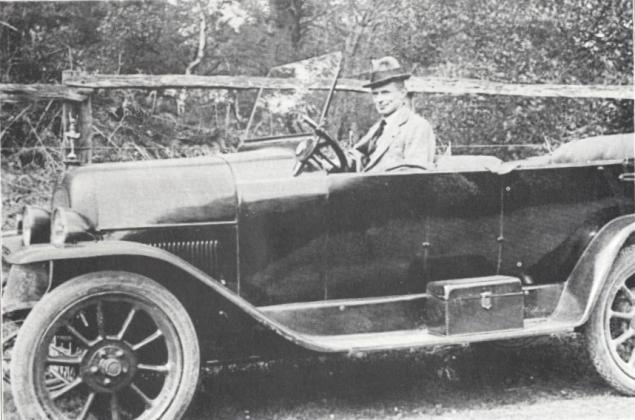
Harold Victor Miners was born in 1878 he was the Inventor of Cephos Powders. Over several decades, Cephos was the relief many people turned to for their colds and flu. First made in powder form and later in tablets it was invented and manufactured in Blackburn. The story goes that Blackburn cotton manufacturer Harry Livesey developed malaria after visiting India on business and was given a prescription by a doctor, Mr Livesey had this made up by a local firm of manufacturing chemists and found that the powder also gave relief for headaches, colds and rheumatic pain. The chemist was a Harold Miners, who was producing a chemical used in the finishing process for cotton from his premises on Shear Bank Road. In 1917, the powder was named Cephos, after the Greek word for head and a limited company was formed for its manufacture.
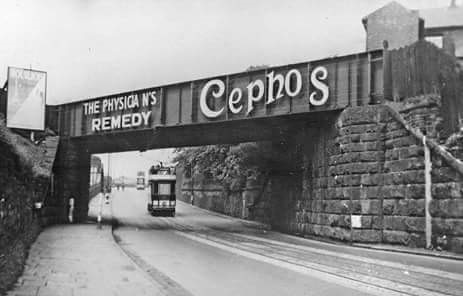
Cephos advert on Railway Bridge on Bolton Road
The business operated from above the premises of Robinson Brothers at 100 Darwen Street in the 1920’s In 1935 Cephos was based in Shear Bank Road where Edinburgh House is now situated. The last address known as Southfield Laboratories the Company was eventually sold to Beechams in 1959 but Cephos was phased out in 1975. Harold Miners died in Blackburn in 1962 aged 84.
Researched and written by Jeffrey Booth(library volunteer)
By Keith Thompson
The Early Years
William originated from Bolton and the year of his birth was 1836 and he died shortly after the First World War in 1920 at the age of 84.
The family history is a tale of an entrepreneur who started with little or no money but with foresight and a lot of hard work more than realised him ambitions and built a business that remained within the family for over 100 years.
We first find William working as a foreman moulder in a foundry at Grimshaw Park. After a day's work he would prepare tripe and trotters at his home in 54 Bank Top and sell them throughout the district. The capital raised from the sale of his tripe was used to start building a fulltime business separate to his home.
From an advert appearing in Barretts Directory for 1874 (shown below) it can be seen that he has acquired premises at 10 Bank Top and is processing Neatsfoot Oil, Tallow for the cotton spinning industry in addition to the tripe and trotters.
As the tripe business grew, he found that it was no longer a part time operation. He quit his job at the foundry and spent his newly acquired capital on the purchase of a burnt-out rubber works in Pump Street.
He sold the tripe business to Baxendale’s and furnished his pump factory with equipment to manufacture aerated water.
In 1876 he began to manufacture all kinds of essences which was a significant milestone as this was to be one of the principal businesses for the next 50 years. He sold the essences wholesale to several nearby mineral water establishments and with the remaining profits produced his own brand for the retail market.
In 1882 a decision was made to recruit a Mr. James Law (later to become Alderman) to manage the mineral water side of the business. Mr Law has been described as a careful yet energetic manager with a character that could only enhance the company's well merited prosperity.
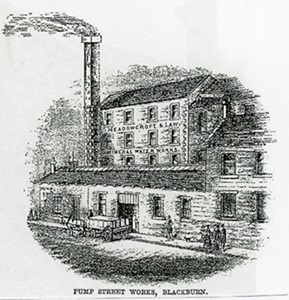
A Family Concern
William had a son, James, who acted as a salesman for the company until his father decided to make him a partner in the business which then became known as Meadowcroft and Son. As well as being a salesman, James took up an agency for supplying mineral water bottling machines. Unfortunately, the agency fell through so James decided to manufacture his own machinery.
On becoming a partner, William retired and gave James the option of keeping the essence and machine manufacturing side of the business or the mineral water business and he chose the former. The mineral water works in Pump Street still carried the name of Meadowcroft in its title and became known as Meadowcroft and Law - Chemists and Mineral Water Manufacturers.
William's son James was born in 1862 and died in 1950.
James also had a son called William who was born in 1889.
The second William had three sons, Arnold James (known as Tim), Roy and Allan Barrett's Directory for 1951 shows William living at 'Barcroft', Meins Road and Tim at 75 Alexander Road.
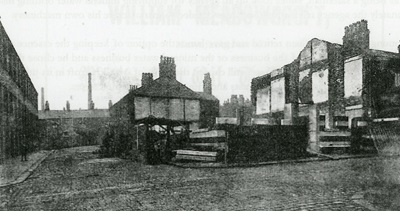
Site of New Offices and Laboratories for Meadowcrofts
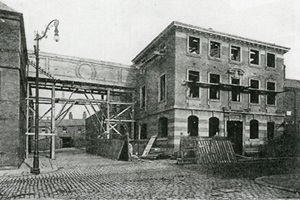
Offices and Laboratories nearly complete 1914
Moving On
In 1876 new premises were obtained in Old Bank Street for the manufacture of essences and by 1888 additional buildings in the adjoining King Street (No. 30) were obtained to house the manufacturing and bottling departments, storage and packaging.
Between 1876 and 1884 William decided that his home in Bank Top was not the place for an upwardly rising businessman and moved house to 'Hawkshead Bank', Revidge. By 1906 he must have decided, like a lot of industrialists of the time, to retire to the West Coast as Barretts Directory for that year lists his home address as 'Westward Ho', Fairhaven.
Expansion continued so much that it was necessary to move premises again. In 1889 new premises were built in Regent Street, the building being four storeys high.
In 1893 the business became a 'Limited' company. As the years went by adjoining property was purchased for the expanding business and on the very day that the First World War broke out the firm completed the purchase of the old Regent Street Methodist Free Church. With the addition of offices, the firm became the largest of its kind in the country. A warehouse had been opened in Glasgow in 1890 and a similar branch in Birmingham in 1891.
The bottling machinery was now beginning to take off; hence the need for a four-storey building.
The War Years
The company did their bit during the First World War when the whole building and workforce manufactured shells and gun parts. For many years after the boardroom held four shells as a reminder of those days. Again, during the Second World War the company came to the countries rescue by having assembly lines for the production of tank parts and jigs and templates British and American aircraft. As a thank you gesture the Army sent a Crusader tank to the works for a day to show the workers what their efforts had achieved.
During the Second World War the company took over Hollin Bank Mill which at the time was being used to store thousands of suits and equipment for displaced persons. In another part of the mill were stored enough incendiary bombs to have set all Blackburn on fire.
The whole mill was heated by steam and was a very warm place to work in even during the coldest of weather. The steam was generated by a large boiler salvaged from a shipwreck off the south coast at Portsmouth.
Essence Manufacture
The firm began manufacturing fruit essences first at its King Street premises. The process was in the main their own invention. The process involved hydraulic presses to extract the essences from lemons and oranges etc. The company began manufacturing a model syrup plant which was invented again by the firm and supplied to other mineral water makers in addition to bottle washing machinery. The bottle washing machines were capable of being worked by four people, turning out 12,000 ginger beer bottles, washed, brushed and rinsed out with cold water every 10-hour day.
The company also manufactured foamine which was used to produce a creamy head of foam on beers etc. By the turn of the century, they were already exporting their essences to India and Australia and using sales representatives to sell over an extensive area of the United Kingdom.
Moving Again
After more than 20 years at Hollin Bank Mill the company again upped roots and moved to Lower Darwen Mill in 1973.
Following the First World War the company began to export its bottling plants and by the early 1950's had become known world-wide in countries like Australia, India, New Zealand, South Africa, South America, Malta and Egypt. More closer to home it provided bottling equipment for Queens Park Hospital.
They have received requests from around the world from companies setting up business asking for the right sort of factory that would best suit the machinery they have ordered. Plans are usually drawn up to the last detail by a staff of draughtsmen and is found to be accurate to within a few pounds on a project costing several thousands.
References
Barratts Directory
Blackburn Times (13 May 1916)
Blackburn Times (21 January 1955)
Lancashire Evening Telegraph (26 August 1975)
Blackburn and Darwen a Century Ago (Landy Publishing)
Industrial Heritage Part 1 - Mike Rothwell
Industrial Heritage Part 2 - Mike Rothwell
Article published in Blackburn Local History Society Journal Volume 10, 2014. Pages 24-33
Transcribed by Shazia Kasim
Published July 2025

